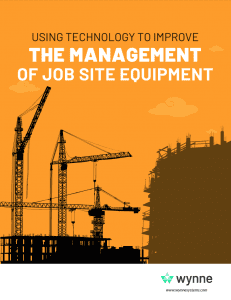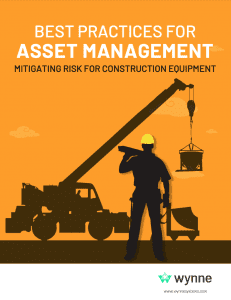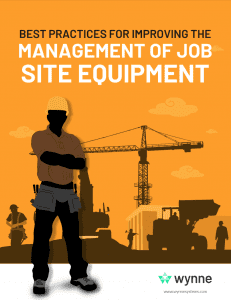This e-book explores different ancillary rental charges that equipment rental companies should consider to increase their incremental revenue. It covers environmental charges, damage waivers, and transportation charges, with advice on how much to charge for each. It also explains how to protect yourself with the laws and regulations concerning these fees. By downloading the ebook, readers can learn how to maximize their ancillary rental fees to recover costs and increase their rental revenue.
The Comprehensive Guide to Ancillary Rental Fees (eBook)
Learn how your business can earn more from its existing fleet.
Learn how to structure ancillary rental fees to increase rental revenue without increasing rental volume
In this eBook:
- Environmental Charge
- Damage Waivers
- Transportation Charges
- Add-On Sales
- Fuel and Fuel Services
- Services
- Shop Supplies
- Single, Double and Triple Shifts
- Damaged or Missing Accessories
- Usage
- Additional Fees to Consider






